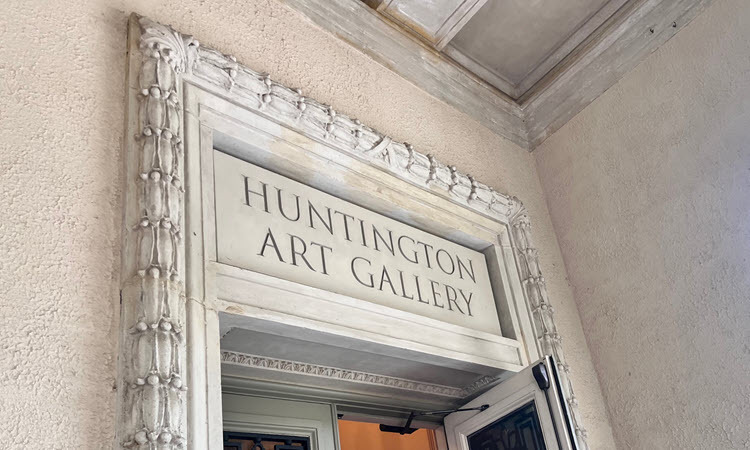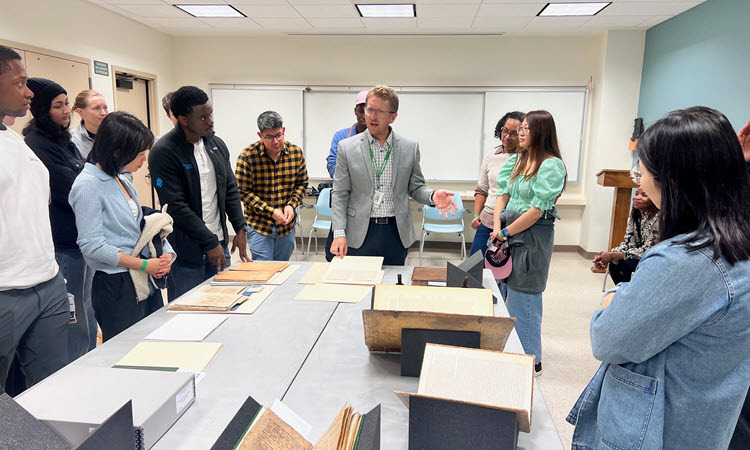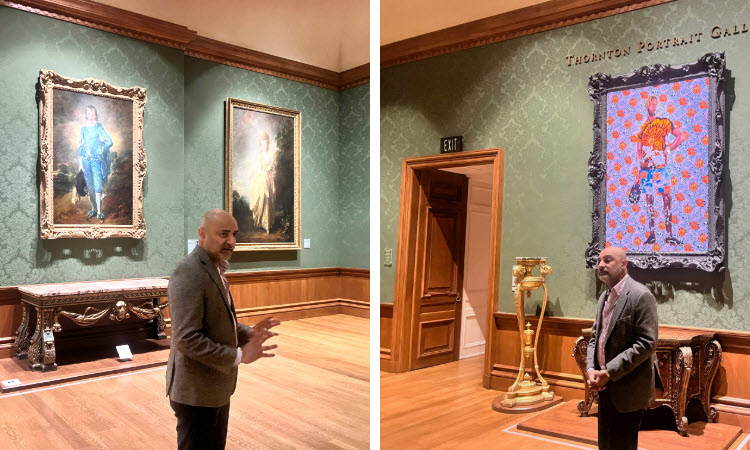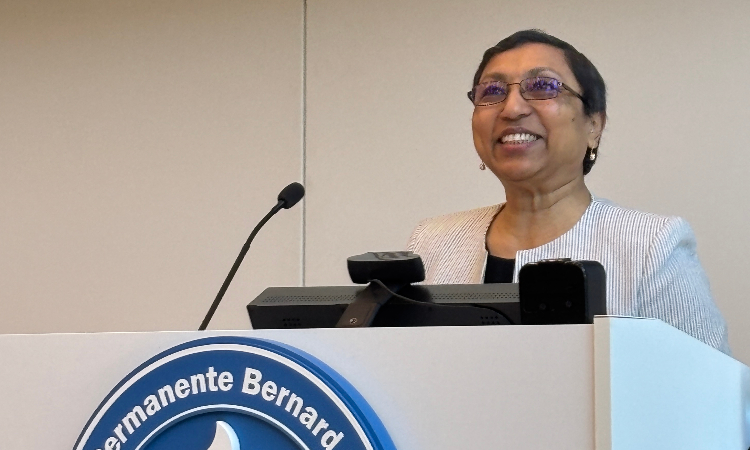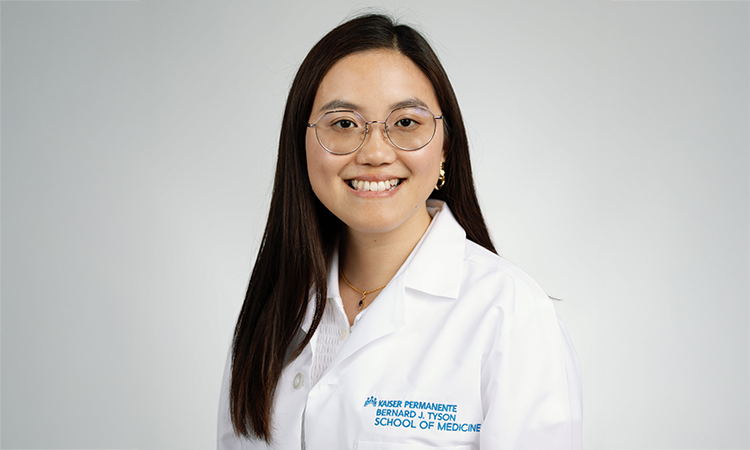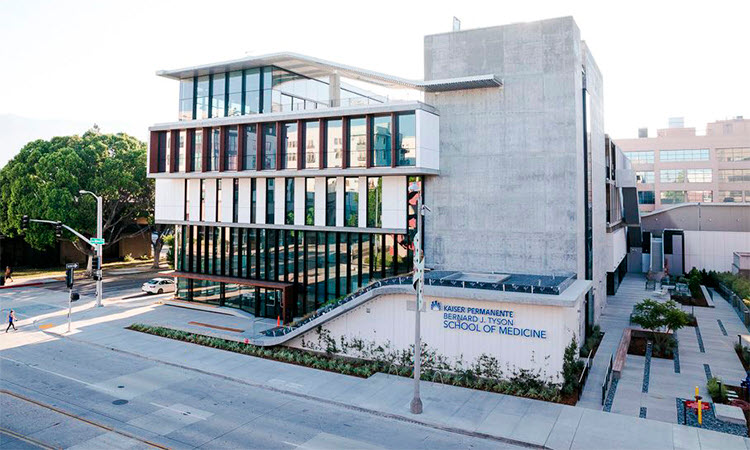Just days before commencement, graduating students of Kaiser Permanente Bernard J. Tyson School of Medicine (KPSOM) gathered at The Huntington Library, Art Museum, and Botanical Gardens on April 24 for the annual capstone experience of the REACH (Reflection, Evaluation, Assessment, Coaching, and Health and well-being) program, culminating their four-year journey through medical school. The annual visit to The Huntington, as the institution is known, immerses students in an environment of intellectual and natural beauty while also allowing them to reflect on their personal development and the kind of physicians they aim to be.
“We want them to be careful observers,” said Deepu Gowda, MD, MPH, MS, Assistant Dean for Medical Education, who has shaped REACH into a four-year curriculum that integrates the humanities with coaching and wellness training. “We want them to listen closely to their patients and to their colleagues, and we want them to understand the context in which health and illness is working. We feel that engagement with the humanities is a highly effective methodology of training the students in those capacities.”
REACH emphasizes KSPOM’s six core values of collaboration, equity, excellence, innovation, service, and trustworthiness by fostering meaningful collaboration through coaching, advancing equity through Equity, Inclusion, and Diversity (EID) training, and cultivating trust and compassion through narrative practice. Interwoven throughout KPSOM’s medical curriculum, REACH allows students to step back from clinical and scientific training to engage in activities promoting self-reflection, resilience, and a deeper understanding of the human experience in medicine. Students cover EID and narrative medicine quarterly, along with topics like residency preparation and financial wellness. “This program teaches our students to thrive holistically as persons,” said Nicole Lawson, PhD, Faculty Director of Inclusive Curriculum.
Narrative medicine is a cornerstone of the REACH program, helping students develop empathy, improve communication skills, and understand patient care complexities. “This work isn’t ornamentation,” said Dr. Gowda. “It’s foundational to being a healer—learning to listen closely, understand context, and care with intention.” EID is another main component of REACH, giving students a deeper understanding of equitable care and health disparities. The program also emphasizes student well-being, offering resources to promote mental health, resilience, and work-life balance.
At The Huntington, students rotated through two main experiences: a medical history session led by Dr. Joel Klein, the Huntington’s Molina Curator for the History of Medicine, exploring EID concepts through historical texts and artifacts; and an art observation session focused on history, culture, race, and representation led by Dr. Gowda and Kim Tulipana, The Huntington’s Associate Director of Public, School, and Digital Programs. Students then joined their REACH coaches in small groups for a final reflective session.
